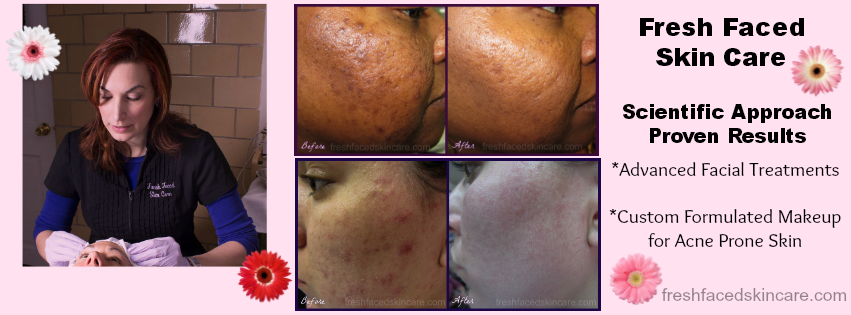Lactic acid is an Alpha Hydroxy Acid (AHA) found in skin rejuvenation products and treatments. It is considered to be a gentle, yet very effective anti-aging treatment. Derived from milk, lactic acid is well known for its skin hydrating properties and is one of the gentler AHA exfoliants.
The use of lactic acid dates back to Cleopatra, who legend has it, luxuriated in milk baths filled with rose petals. At this point, you might be tempted to jump in the bath with a glass of milk as well, but lactic acid doesn't necessarily work that way (if only it were that easy). However, there are a number of useful treatments and products that contain lactic acid.
Sharing the similar skin rejuvenation traits of glycolic acid, lactic acid skin care is known for:
- diminishing fine lines and wrinkles
- reducing the appearance of age spots
- reducing hyperpigmentation
- improving skin texture
- stimulating collagen production

Typically found as an active anti-aging ingredient in professional treatments, lactic acid is noted for its rich moisturizing attributes and its ability to exfoliate dead skin cells without provoking skin irritation. Because of this, lactic acid is an excellent option for sensitive skin types.
Lactic acid peels are just one type of chemical peel, but they are preferred by many -- again, because of lactic acid's reputation as a gentler AHA. You can use peels to improve wrinkles, some types of acne and discolorations on your skin. Lactic acid isn't a cure-all -- it won't suddenly remove your deepest wrinkles, and it can't stop you from aging. But over time, it can smooth the tone and condition of your face and reduce or remove mild marks and scars. Lactic acid peels are generally part of a series, depending on your desired result. In addition, sun sensitivity is a common side effect of lactic acid peels, so limit your time in the sun and always wear sunscreen!
